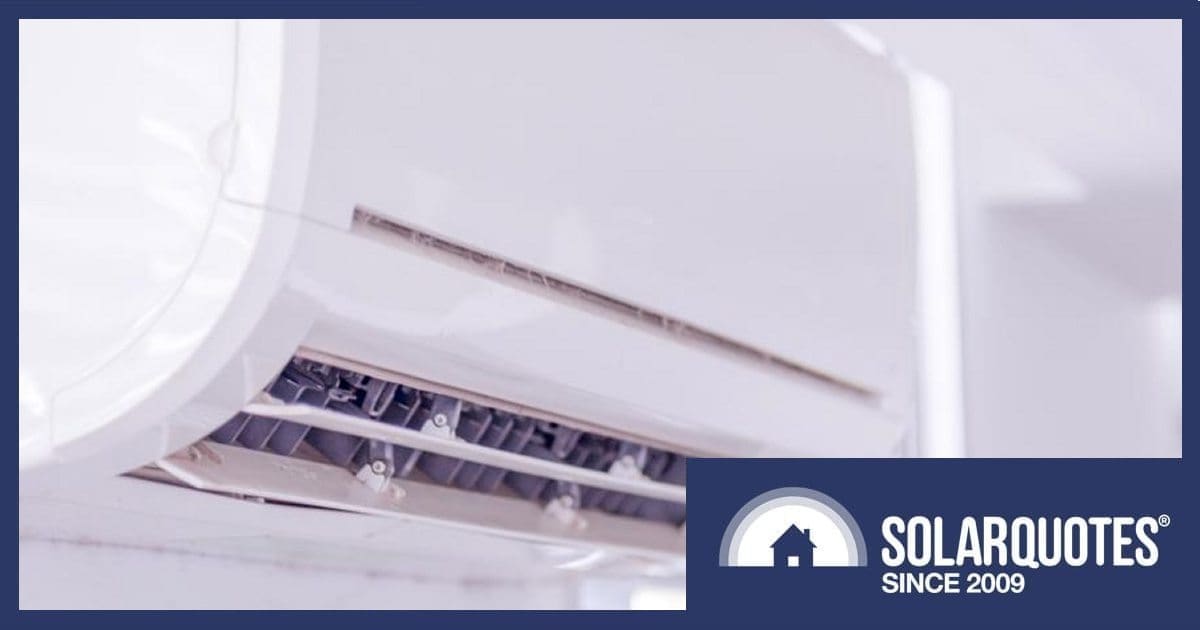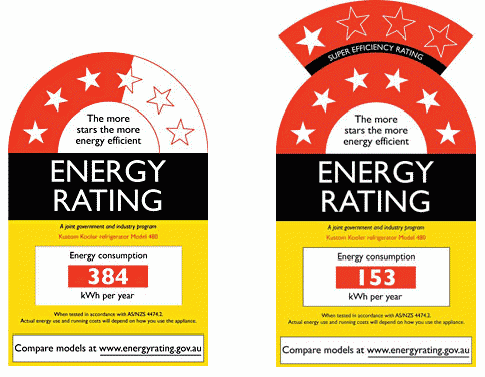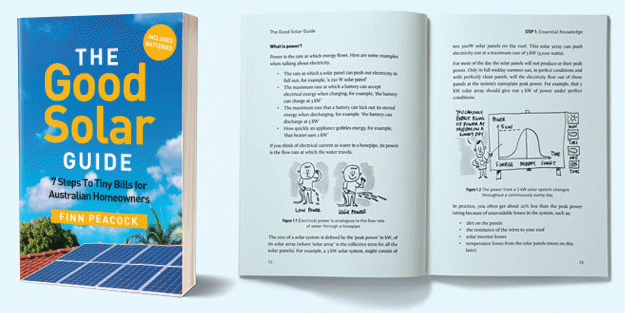
An investigation by the Australian National Audit Office (ANAO) has delivered a less-than-stellar assessment of an important appliance energy efficiency program underpinned by the Greenhouse and Energy Minimum Standards Act 2012 (GEMS Act).
The GEMS Act serves to prevent the sale of products in Australia deemed to be the most energy inefficient, and to educate consumers on related issues. The body responsible for administering the GEMS Act is the GEMS Regulator, which operates within the Department of Climate Change, Energy, the Environment and Water (DCCEEW).
According to the Australian Government, the GEMS Act has saved households and businesses $12–$18 billion in avoided energy costs, which is a pretty broad estimate range (we’ll get to that).
But could it be more effective?
The ANAO’s assessment of the Department’s regulation of the Equipment Energy Efficiency Program found oversight lacking; stating arrangements to support regulatory activities are only “partly effective”.
Among the issues identified:
- Incomplete records.
- Missing contextual information underpinning the records.
- Staff supporting the program didn’t have direct access to GEMS records prior to 2020.
- Risk not being managed.
- The program not fully recovering its costs.
- Failure to measure the program’s impact on reducing energy consumption and carbon emissions (hence the wide collective savings estimate range).
The ANAO noted between 6 December 2022 and 30 June 2024, 87 per cent of the 8,379 registration applications were processed without appropriate delegations. And only 4 infringement notices were issued by the GEMS Regulator over the life of the program, with none being paid or enforced.
Check-testing1 has also been tapering off. The average number of check testing activities each financial year between 2013–14 and 2023–24 was 93. But the lowest number of checks occurred in 2021–22, with only 61 models put under the microscope. However, the Department noted the phase-out of incandescent and compact fluorescent lighting products likely contributed.
Based on the issues identified, the ANAO provided nine recommendations, all of which have been accepted by DCCEEW.
“The department agrees with all nine of the report’s recommendations and can confirm that changes to strengthen the regulatory oversight of the GEMS Program are well underway,” DCCEEW said in its response.
GEMS And Energy Rating Labels
The most visible GEMS-related flag for Australian consumers are energy rating labels required for certain appliances, which look like so:
The second, top line of stars in the image on the right is a recent addition; indicating ‘super-efficient’ appliances. The label design now incorporates up to 10 stars to encourage manufacturers to further improve the energy efficiency of appliances, as many products were already achieving the previous maximum of six stars.
It’s mandatory for energy rating labels to be displayed in-store (but not online) on:
- non-ducted household air conditioners
- clothes dryers
- washing machines
- computer monitors
- dishwashers
- household refrigerators and freezers
- pool pumps
- televisions
The labels provide an at-glance assessment when compared to other models of similar size and features. The more stars, the more energy-efficient the appliance is, and the “kWh per year” number is based on product usage assumptions for each category.
Australian consumers have demonstrated a high degree of trust in the energy rating labels over the years, arriving at purchase decisions based on the information provided. This makes it even more important that the program is administered and requirements enforced effectively.
You can learn more about the energy rating label system here. On a related note, discover how to measure the efficiency of your appliances yourself.
Footnotes
- Also known as verification testing, check-testing is laboratory testing to determine if products meet relevant GEMS level requirements and the energy efficiency claims of manufacturers and suppliers. The GEMS Regulator selects models for Stage 1 Check Testing using an intelligence led, risk-based approach – something the ANAO also identified issues with. ↩


 RSS - Posts
RSS - Posts



Why rebates are less than the government states it depends on the installation you having, I’m getting a 6.6 kw 14 panels only get $1400 rebate told is getting less now as the longer it gets to 2026 2035 your incentives is less and back in system is less i got friends only get .5c per kwh.